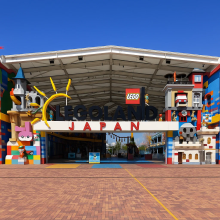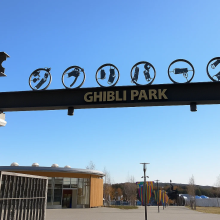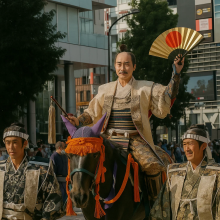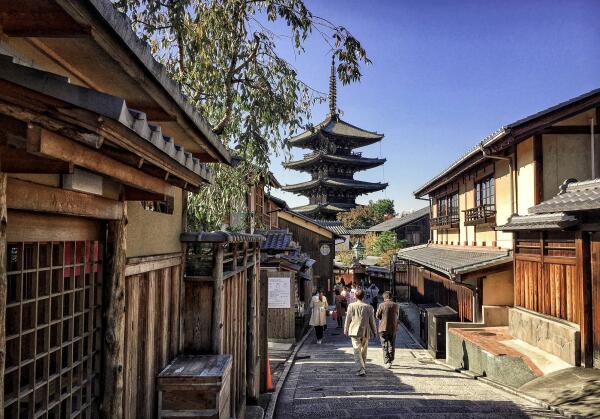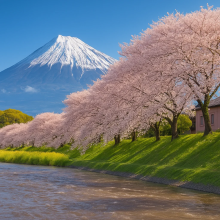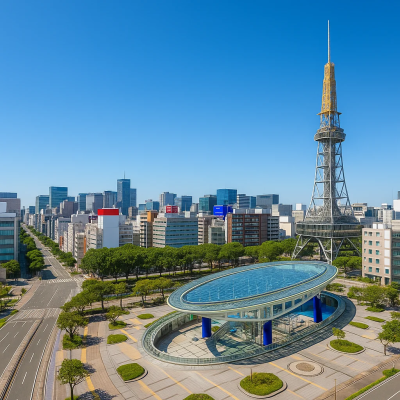
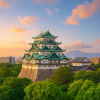
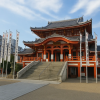
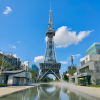
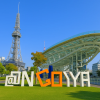
Nagoya Travel Tips
Nagoya (名古屋), Japan's fourth-largest city, is a bustling metropolis with a population of over two million people. Serving as the capital of Aichi Prefecture, it stands as a key hub in the Nobi plain, a major industrial region on Honshu Island. Nagoya has deep historical significance, having been established as the castle town of the Owari branch of the Tokugawa family during the Edo Period. Although much of its original architecture was destroyed during the air raids of 1945, remnants of its storied past can still be found throughout the city, particularly in landmarks like Nagoya Castle.
In modern times, Nagoya is a vibrant mix of tradition and innovation. It is a center of industry and technology, home to the headquarters of the Toyota Motor Corporation, which is just a short distance from the city center. Visitors can enjoy a variety of experiences, from exploring historical sites to sampling the city's renowned cuisine, including dishes like miso katsu and hitsumabushi. The city’s dynamic urban landscape, filled with shopping districts, museums, and entertainment venues, creates a perfect blend of old and new for every traveler to discover.
Getting around
In Nagoya, getting around is easy thanks to a well-connected network of trains and subways. Nagoya Station is the main hub, with JR lines (including the bullet train), Meitetsu, Kintetsu, and subways all converging here. The six subway lines are color-coded, have English signs, and are the best option for foreign visitors. There's also the Meguru tourist loop bus, which stops at major sights like Nagoya Castle and the Toyota Techno Museum. It runs every 20–60 minutes and costs 210 yen per ride or 500 yen for a day pass.
For trips outside the city, JR lines connect Nagoya to destinations like Tokyo, Kyoto, Takayama, and Ise Shima. Meitetsu and Kintetsu also serve nearby towns and Central Japan Airport. You can use prepaid IC cards like Toica or Manaca on most buses and trains. There are also convenient 1-day passes, including the Subway & Bus Pass (870 yen) and the Donichi Eco Ticket (620 yen), which are great for unlimited travel in and around Nagoya for one day.
Attractions
See all →- Districts:
- Nagoya Port —
- Sakae
-
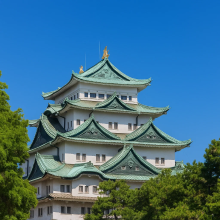 1CastleNagoya Castle
1CastleNagoya CastleFamous for its historical Tokugawa legacy
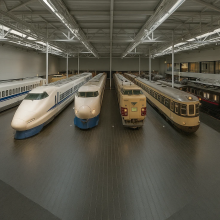 2MuseumSCMAGLEV and Railway Park
2MuseumSCMAGLEV and Railway ParkShinkansen, maglev, interactive train exhibits
 3MuseumNagoya City Science Museum
3MuseumNagoya City Science MuseumGiant planetarium and interactive exhibits
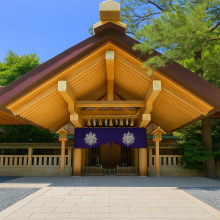 4ShrineAtsuta Shrine
4ShrineAtsuta ShrineSacred Kusanagi sword and Shinto significance
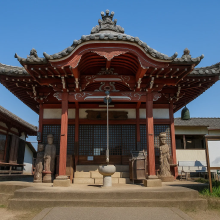 5TempleOsu Kannon Temple
5TempleOsu Kannon TempleHistorical Buddhist temple with flea markets
 6MuseumToyota Kaikan Museum
6MuseumToyota Kaikan MuseumShowcases Toyota's latest models and technology
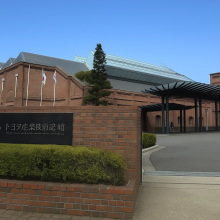 7MuseumToyota Commemorative Museum of Industry and Technology
7MuseumToyota Commemorative Museum of Industry and TechnologyToyota’s evolution from textiles to automobiles
 8MuseumToyota Automobile Museum
8MuseumToyota Automobile MuseumClassic cars, historical automobile exhibits
Events
-
Itineraries
Nearby
-
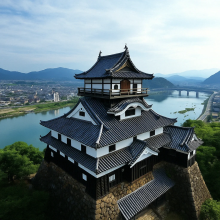 1Inuyama
1InuyamaKnown for its historic castle and cormorant fishing
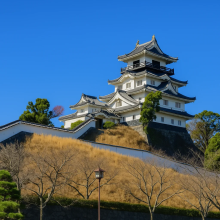 2Kakegawa
2KakegawaSmall city famous for tea
Reviews
There are no reviews
Write a review
-
